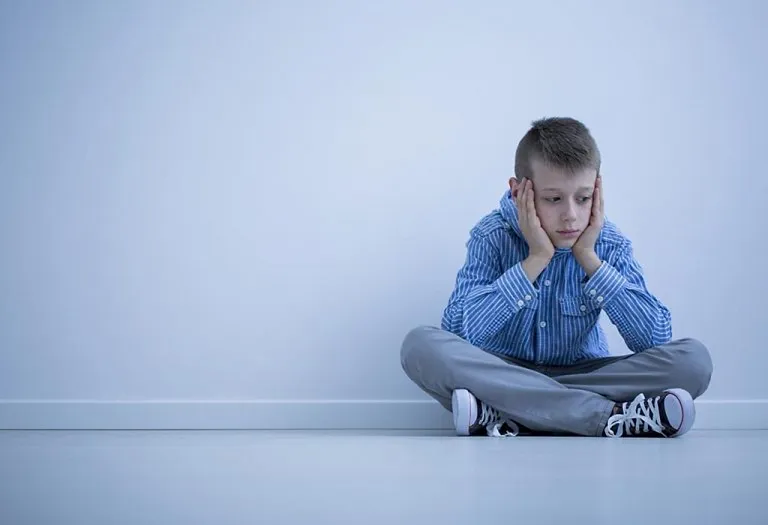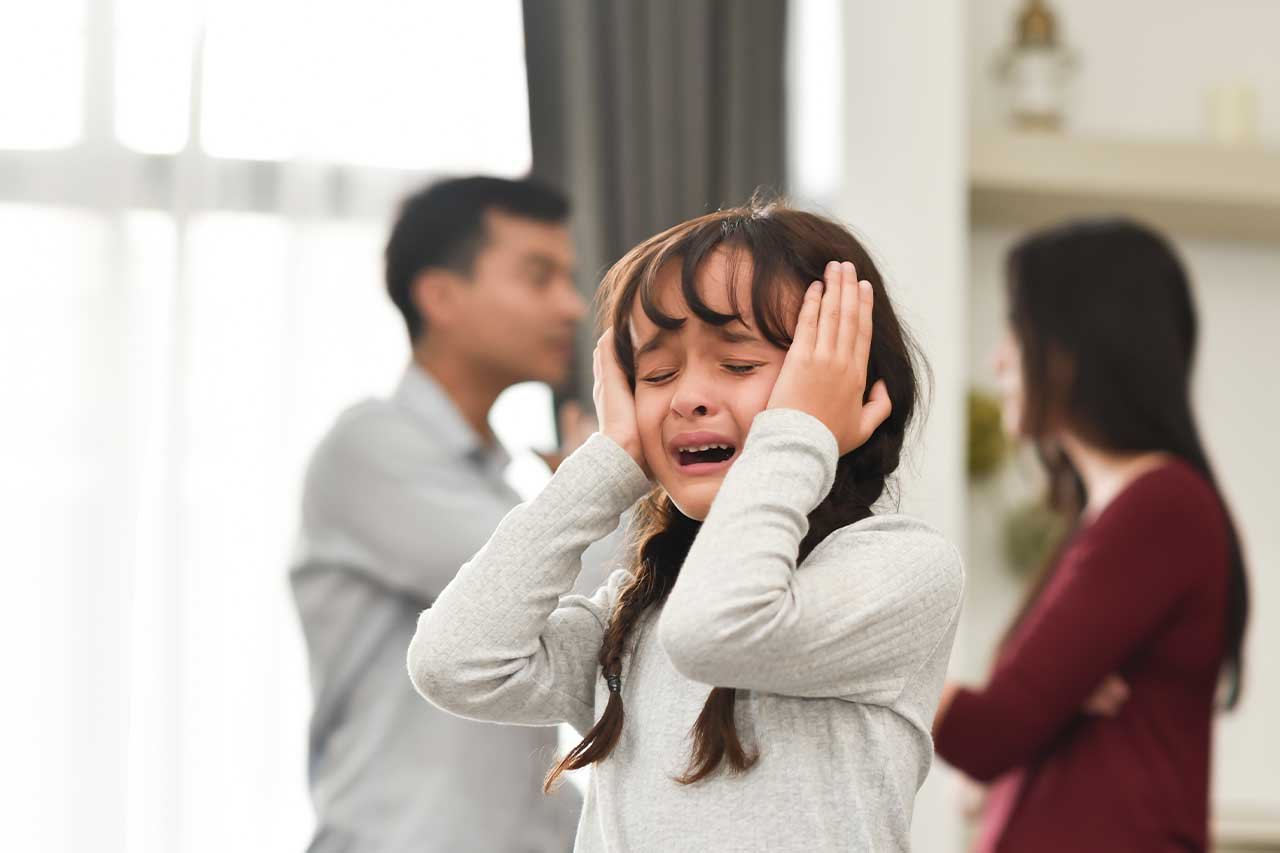Childhood schizophrenia – This book covers the entire syllabus of “Psychiatric Nursing” prescribed by the Universities of Bangladesh- for Basic and diploma nursing students. We tried to accommodate the latest information and topics. This book is an examination-friendly setup according to the teachers’ lectures and examination questions.
At the end of the book previous university questions are given. We hope in touch with the book students’ knowledge will be upgraded and flourish. The unique way of presentation may make your reading of the book a pleasurable experience.

Childhood schizophrenia
Childhood schizophrenia is an uncommon but severe mental disorder in which children interpret reality abnormally. Schizophrenia involves a range of problems with thinking (cognitive), behavior or emotions. It may result in some combination of hallucinations, delusions, and extremely disordered thinking and behavior that impairs your child’s ability to function.
Childhood schizophrenia is essentially the same as schizophrenia in adults, but it occurs early in life and has a profound impact on a child’s behavior and development. With childhood schizophrenia, the early age of onset presents special challenges for diagnosis, treatment, education, and emotional and social development.
Schizophrenia is a chronic condition that requires lifelong treatment. Identifying and starting treatment for childhood schizophrenia as early as possible may significantly improve your child’s long-term outcome.
Symptoms
Schizophrenia involves a range of problems with thinking, behavior or emotions. Signs and symptoms may vary, but usually involve delusions, hallucinations or disorganized speech, and reflect an impaired ability to function. The effect can be disabling.
Early signs and symptoms
The earliest indications of childhood schizophrenia may include developmental problems, such as:
- Language delays
- Late or unusual crawling
- Late walking
- Other abnormal motor behaviors for example, rocking or arm flapping
Symptoms in teenagers
Schizophrenia symptoms in teenagers are similar to those in adults, but the condition may be more difficult to recognize in this age group. This may be in part because some of the early symptoms of schizophrenia in teenagers are cornmon for typical development during teen years, such as:
- Withdrawal from friends and family
- A drop in performance at school
- Trouble sleeping
- Irritability or depressed mood
- Lack of motivation
- Strange behavior
- Substance use
Compared with schizophrenia symptoms in adults, teens may be:
- Less likely to have delusions
- More likely to have visual hallucinations
Later signs and symptoms
As children with schizophrenia age, more typical signs and symptoms of the disorder begin to appear. Signs and symptoms may include:
- Delusions.
- Hallucinations,
- Disorganized thinking.
- Extremely disorganized or abnormal motor behavior.
- Negative symptoms.
Causes
It’s not known what causes childhood schizophrenia, but it’s thought that it develops in the same way as adult schizophrenia does. Researchers believe that a combination of genetics, brain chemistry and environment contributes to development of the disorder. It’s not clear why schizophrenia starts so early in life for some and not for others.
Problems with certain naturally occurring brain chemicals, including neurotransmitters called dopamine and glutamate, may contribute to schizophrenia. Neuroimaging studies show differences in the brain structure and central nervous system of people with schizophrenia. While researchers aren’t certain about the significance of these changes, they indicate that schizophrenia is a brain disease.
Risk factors
Although the precise cause of schizophrenia isn’t known, certain factors seem to increase the risk of developing or triggering schizophrenia, including:
- Having a family history of schizophrenia
- Increased immune system activation, such as from inflammation or autoimmune diseases
- Older age of the father
- Some pregnancy and birth complications, such as malnutrition or exposure to toxins or viruses that may impact brain development
- Taking mind-altering (psychoactive or psychoactive) drugs during teen years
Complications
Left untreated, childhood schizophrenia can result in severe emotional, behavioral and health problems. Complications associated with schizophrenia may occur in childhood or later, such as:
- Suicide, suicide attempts and thoughts of suicide
- Self-injury
- Anxiety disorders, panic disorders and obsessive-compulsive disorder (OCD)
- Depression
- Abuse of alcohol or other drugs, including tobacco
- Family conflicts
- Inability to live independently, attend school or work
- Social isolation
- Health and medical problems
- Being victimized
- Legal and financial problems, and homelessness
- Aggressive behavior, although uncommon
Prevention
Early identification and treatment may help get symptoms of childhood schizophrenia under control before serious complications develop. Early treatment is also crucial in helping limit psychotic episodes, which can be extremely frightening to a child and his or her parents. Ongoing treatment can help improve your child’s long-term outlook.

Diagnosis
Diagnosis of childhood schizophrenia involves ruling out other mental health disorders and determining that symptoms aren’t due to substance abuse, medication or a medical condition. The process of diagnosis may involve:
- Physical exam. This may be done to help rule out other problems that could be causing symptoms and to check for any related complications.
- Tests and screenings. These may include tests that help rule out conditions with similar symptoms, and screening for alcohol and drugs. The doctor may also request imaging studies, such as an MRI or CT scan.
- Psychological evaluation. This includes observing appearance and demeanor, asking about thoughts, feelings and behavior patterns, including any thoughts of self-harm or harming others, evaluating ability to think and function at an age-appropriate level, and assessing mood, anxiety and possible psychotic symptoms. This also includes a discussion of family and personal history.
- Diagnostic criteria for schizophrenia. Your doctor or mental health professional may use the criteria in the Diagnostic and Statistical Manual of Mental Disorders (DSM5), published by the American Psychiatric Association. Diagnostic criteria for childhood schizophrenia are generally the same as for adult schizophrenia.
Treatment
Schizophrenia in children requires lifelong treatment, even during periods when symptoms seem to go away. Treatment is a particular challenge for children with schizophrenia.
Treatment team
- Psychiatrist, psychologist or other therapist
- Psychiatric nurse
- Social worker
- Family members
- Pharmacist
- Case manager to coordinate care
Main treatment options
The main treatments for childhood schizophrenia are:
- Medications
- Psychotherapy
- Life skills training
- Hospitalization
Medications
Most of the antipsychotics used in children are the same as those used for adults with schizophrenia. Antipsychotic drugs are often effective at managing symptoms such as delusions, hallucinations, loss of motivation and lack of emotion.
In general, the goal of treatment with antipsychotics is to effectively manage symptoms at the lowest possible dose. Over time, your child’s doctor may try combinations, different medications or different doses. Depending on the symptoms, other medications also may help, such as antidepressants or anti-anxiety drugs. It can take several weeks after starting à medication to notice an improvement in symptoms.
Second-generation antipsychoties
Newer, second-generation medications are generally preferred because they have fewer side effects than do first-generation antipsychotics. However, they can cause
weight gain, high blood sugar, high cholesterol and heart disease. Examples of second-generation antipsychotics approved by the Food and Drug Administration (FDA) to treat schizophrenia in teenagers age 13 and older include:
- Aripiprazole (Abilify)
- Olanzapine (Zyprexa)
- Quetiapine (Seroquel)
- Risperidone (Risperdal)
Paliperidone (Invega) is FDA-approved for children 12 years of age and older.
First-generation antipsychotics
These first-generation medications are usually as effective as second-generation antipsychotics in controlling delusions and hallucinations. In addition to having side effects similar to those of second- generation antipsychotics, fust-generation antipsychotics also may have frequent and potentially significant neurological side effects. These can include the possibility of developing a movement disorder (tardive dyskinesia) that may or may not be reversible.
Because of the increased risk of serious side effects with first-generation antipsychotics, they ofßen aren’t recommended for use in children until other options have been tried without success Examples of first-generation antipsychotics approved by the FDA to treat
schizophrenia in children and teens include:
- Chlorpromazine for children 13 and older
- Haloperidol for children 3 years and older
- Perphenazine for children 12 years and older
First-generation antipsychotics are often cheaper than second-generation antipsychotics, especially the generic versions, which can be an important consideration when long-term treatment is necessary.
Medication side effects and risks
Psychotherapy
In addition to medication, psychotherapy, sometimes called talk therapy, can help manage symptoms and help you and your child cope with the disorder. Psychotherapy may include:
Individual therapy. Psychotherapy, such as cognitive behavioral therapy, with a skilled mental health professional can help your child learn ways to deal with the stress and daily lite challenges brought on by schizophrenia. Therapy can help reduce symptoms and help your child make friends and succeed at school. Learning about schizophrenia can help your child tinderstand the condition, cope with symptoms and stick to a treatment plan.
Family therapy. Your child and your family may benefit from therapy that provides support and education to families. Involved, caring family members who understand childhood schizophrenia can be extremely helpful to children living with this condition, Family therapy can also help you and your family to improve communication, work out conflicts and cope with. stress related to your child’s condition

Life skills training
Treatment plans that include building life skills can help your child function at age-appropriate levele when poszible. Skills training may include:
Social and academic skills training. Training in social and academic skills is an important part of treatment for childhood schizophrenia. Children with schizophrenia often have troubled relationships and school problems. They may have difficulty carrying out normal daily tasks such as bathing or dressing.
Vucational rehabilitation and supported employment. This focuses on helping people with schizophrenia prepare for, find and keep jobs. Hospitalization During crisis periods or times of severe symptoms, hospitalization may be necessary.
This can help ensure your child’s safety and make sure that he or she is getting proper nutrition, sleep and hygiene Sometimes the hospital setting is the safest and best way to get symptoms under control quickly. Partial hospitalization and residential care may be options, but severe symptoms are usually stabilized in the hospital before moving to these levels of care.
[Ref-www.mayoclinic.orgj
Read more:
